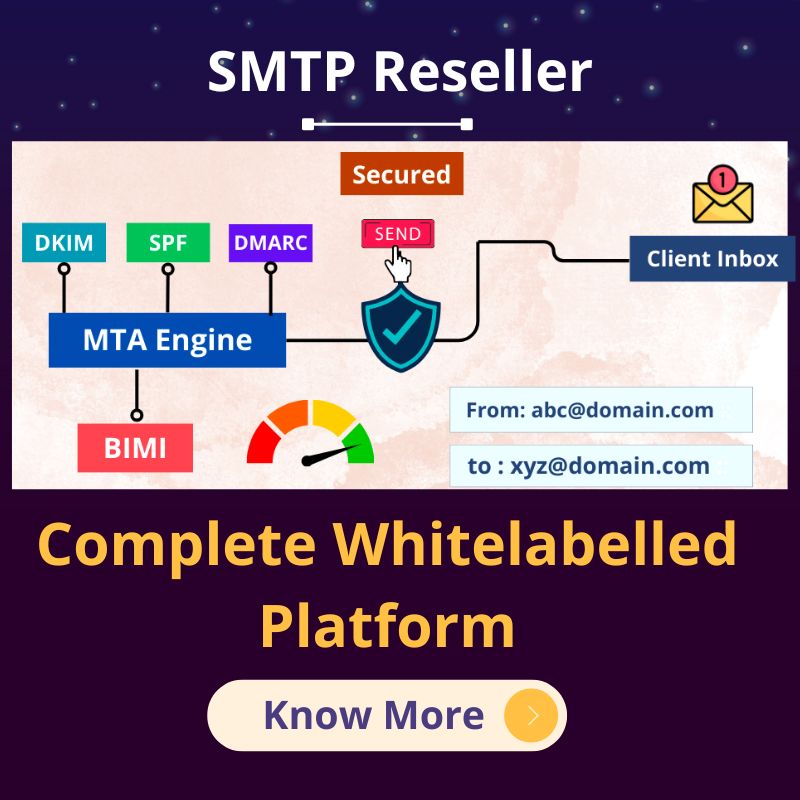Small Businesses have a lot of competition during the holiday season, Email marketing and social media marketing helps you to keep up with the competition for holiday marketing. For the Costumer waiting for the end of November is fine. They can unleash an onslaught of commercials, billboards, radio jingles, newspaper flyers, magazine spreads, and big money sponsorships for those holiday TV movies we’ve all seen 10,000 times—and it works—every year.
But for small businesses, success around the holidays means getting customers ready early, even when they may be reluctant to do so. You may not have a million dollar TV budget or Grammy-worthy holiday jingles to do it, but you do have the power of email marketing and social media marketing.
For Holiday Marketing seasons here are eight best tips for using Email Marketing and Social Media Marketing
Develop A Schedule To Help Build Holiday Momentum
Momentum will be crucial in determining whether or not this year’s holiday season will be one worth celebrating your business. But you can’t build momentum around your business unless you have a plan for how you’re going to do it.
One way to start is by creating a schedule. The schedule should map out the weeks and months leading up and through the holiday season with specific goals for each of the big days. The specific holidays you plan to target may vary based on your business and your customer base, but all businesses should be aware of the four biggest shopping and giving days of the holiday season:-
- Navratri – October 10, 2018
- Dussehra – October 19, 2018
- Diwali – November 7, 2018
- Black Friday – November 23, 2018
Pay Attention To What Your Fans, Followers, And Readers Really Want This Year
If you want your business to be part of your customers’ holiday plans this season, you’re going to need to deliver content they actually care about.
Consider using a survey to collect customer feedback in the fall, before the holiday craze has started. You can send your survey to all of your email subscribers or post it on your Facebook Page and ask your fans what they are most interested in receiving from your business this holiday season.
Use that customer feedback to not only improve the content you’re sending out but to also better target your messages by segmenting your email contact list. When segmenting your list, you should also look at other information that’s available to you like: open and clickthrough rates, purchasing behaviors, and the preferences people chose when signing up for your newsletter.
Be A Resource, Not Just A Sales Pitch
One of the main reasons people are typically reluctant to shift their focus to the holidays is they are not always eager to start thinking about the less than celebratory work that goes into them. While the holidays are—without a doubt—a time for celebration and giving thanks, they are also a time of great stress for a lot of your customers.
Don’t add to that stress by overwhelming them with sales content and aggressive promotion; instead, provide them with something they can actually use this holiday season. It can be something as simple as advice for preparing their shopping list. Tips for throwing a dinner party, or even a special coupon for subscribers only.
You can also post tips on Facebook or share articles on Twitter. If your business uses Pinterest, consider creating boards to give your followers inspiration leading up to the holiday season.
This year, start your holiday promotion by helping your customers; they’ll remember it when it comes time to buy
 Don’t Try To Do Too Much, Too Soon
Don’t Try To Do Too Much, Too Soon
One of the biggest questions we get from small businesses (at all times of the year) is how often should they post on social media or send emails to their subscribers. This is an especially important question when we’re talking about how to get your customers ready for the holiday season.
The fact is, most of your customers aren’t going to be ready to start thinking about the holidays until. It starts feeling like summer is officially over. Don’t overwhelm them by flooding their inbox and newsfeed with holiday promotions.
When creating your schedule, pay attention to how much holiday content you’re planning to post. Make sure you’re giving your customers the chance to ease into it. Rather than trying to force them to get in the spirit. It can be helpful to think of things in terms of percentages—for example: in September, post 20% holiday marketing content, in October, 30% holiday marketing content, and in November, 50% holiday marketing content.
Give Them What They Signed Up For Exclusive Content
Your customers didn’t become fans, followers, or readers of your email just because they love your products or services. For many of them, it was to receive exclusive content and special promotions from your business.
Telling your readers and fans about upcoming holiday promotions or giving them a sneak peek at new seasonal products is the best way to build holiday excitement and give them the exclusive content they want.
Make The Holidays An Event
You don’t have to wait for the big shopping days or even the official day of the holiday. It to give your customers a reason to celebrate this season. In fact, planning an event earlier in the season—before your customers’ schedules get filled with work parties and family gatherings. It is a great way to get your customers in the holiday state-of-mind.
 It’s also a great opportunity to help make a difference this holiday season. By partnering with a local nonprofit and doing some fundraising for a cause that’s important to you as a business owner.
It’s also a great opportunity to help make a difference this holiday season. By partnering with a local nonprofit and doing some fundraising for a cause that’s important to you as a business owner.
You can also use your event as a way of collecting valuable email contacts before the holiday season by using online event registration.
Remember What Works During The Other Seasons
It’s important to remember that not everything changes during the holiday season. The best practices and strategies you use in your email marketing and social media marketing throughout the year will not only still be effective in November and December. But they will help you engage your customers in September and October and get them ready for the holiday push.
Using rich media, like photos and videos, for example, is a great way to start building that excitement. Think about the types of things we’ve already talked about. Providing exclusive content, being a resource, not being too promotional—photos are a great way to accomplish all of these things. Post pictures from past holidays or give a sneak peek at new products. And then ask your fans to comment, like, or share.
If you haven’t used videos in the past, or even if you have. Think about shooting a short video every couple of weeks or once a month leading into the holiday season. Something as simple as a video on your smartphone can give you the chance to tell your fans what you’re working on for the fall and what you have coming up for the holidays.
Be Authentic And Be Care
One of the biggest reasons people choose to shop with small businesses. It throughout the year and during the holiday season is the personal connection they’re able to provide.
While your bigger competitors will have to rely on fictional stories. And inauthentic holiday moments to connect with customers in the months leading up to the holidays. You have the ability to offer the real thing and can use your own experiences to make that special connection.
Do you have personal experiences your customers will enjoy or stories from past holiday promotions? That will get them excited for what you have planned this year? Use them to create a personal connection your customers will love and to generate buzz around this year’s big season.
 Put Your Best Practices Into Action This Holiday Season
Put Your Best Practices Into Action This Holiday Season
Chances are you’re probably already doing most of the things. You’ll need to do when it comes time to get your customers ready for the holiday season. Creating a schedule, being a resource, using rich media. And providing a personal connection are all things that have helped you. Build your social communities and drive real results from your email marketing.
Now all you need to do is … put them into action!










 Being able to lead the customer further down the funnel on their own terms is a
Being able to lead the customer further down the funnel on their own terms is a 


